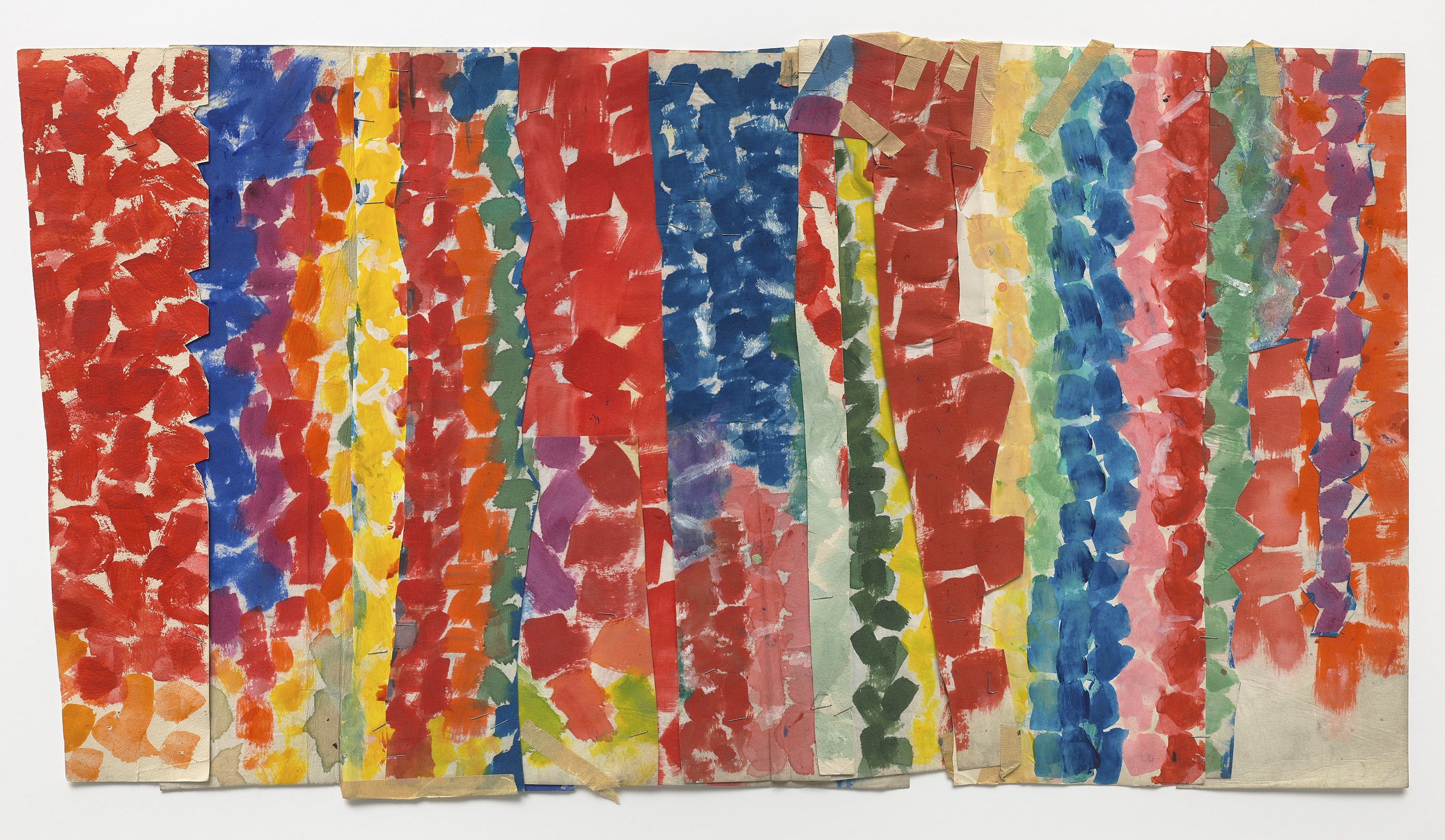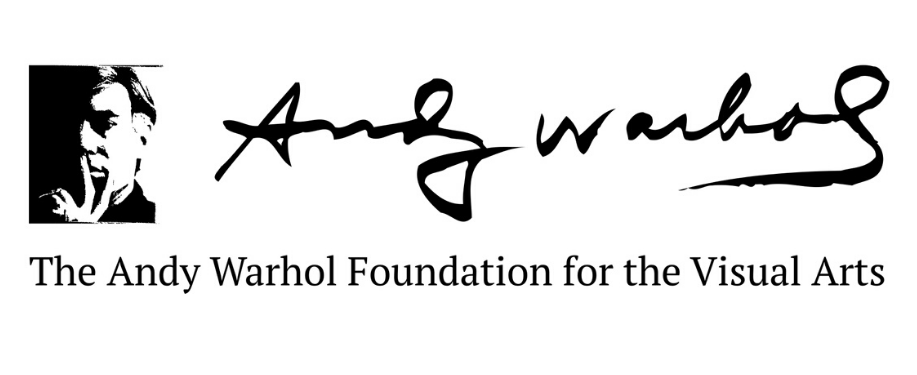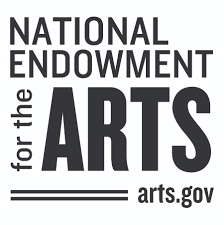About the Catalogue
Alma W. Thomas: Everything Is Beautiful: a sweeping reassessment of the artist-educator that transforms our understanding of her diverse forms of creativity while also revealing how a persistent search for beauty can address pressing social concerns.
This exhibition catalogue features diverse artworks and archival materials that span the artist’s long life (1891–1978), revealing Thomas’s complex and deliberate artistic existence before, during, and after the years of her “mature” output and career-making exhibition at the Whitney in 1972. By applying interdisciplinary methodologies to a range of artistic objects—Thomas’s rarely seen theatrical designs, sculpture, family photographs, sensitive watercolors, and homemade clothing, along with her brightly exuberant abstractions—this companion volume provides a comprehensive overview of Thomas’s artistic journey from semi-rural Georgia to international recognition. Unlike a traditional biography, the book is instead organized around multiple key moments or themes from Thomas’s experience, including the context of her Washington Color School peers and the creative communities connected to Howard University. In text and image, this monograph demonstrates how Thomas’s pursuit of beauty extended to every facet of her life—from her highly regarded paintings to the conscientious construction of her own persona through community service, teaching, gardening, and dress.
The catalogue includes:
- varied artworks and archival materials that span the artist’s long life (1891–1978), many little known, never before exhibited or never before published
- lavishly illustrated with over 150 full-color plates and 100 additional color images
- interdisciplinary approach, including essays by historians of Southern culture, an Africana studies scholar, an anthropologist, a critic, a poet, and technical art historians
- newly commissioned research on newly available materials by diverse scholars
- a summary—accessible to a general reader—of the results from the first-ever technical analysis of Thomas’s acrylic paintings conducted by Smithsonian conservators
- a poem by National Book Critics Circle Award-winning writer Ross Gay
- marks the 50th anniversary of Alma Thomas’s groundbreaking solo show at the Whitney Museum of American Art in 1972
Authors
-
Tiffany Barber is a scholar, curator, and critic of twentieth- and twenty-first-century visual art, new media, and performance. Her work focuses on artists of the Black diaspora working in the United States and the broader Atlantic world. She serves as assistant professor of Africana studies and art history at the University of Delaware. Her first book, forthcoming, explores the interlocking dynamics of kinship, alterity, and aesthetics in early twenty-first-century Black feminist art practice.
-
Rebecca Bush is a historian specializing in the American South in the late nineteenth and early twentieth centuries. She serves as curator of history and exhibitions manager at The Columbus Museum, where past projects include exhibitions on Jewish immigrants, the enslaved autistic musician “Blind Tom” Wiggins, the desegregation of the local public library system, and Southern Gothic author Carson McCullers. She is a co-editor and contributing author to Art and Public History: Approaches, Opportunities, and Challenges (2017), and her work has appeared in Winterthur Portfolio and The Public Historian.
-
Aruna D’Souza is a writer and critic based in western Massachusetts and author of Whitewalling: Art, Race, and Protest in 3 Acts (2018). Her projects include editing artist Lorraine O’Grady’s book of collected writings, Writing in Space, 1973–2019, and a collection of essays by art historian Linda Nochlin, Making it Modern. She is also co-curator, with Catherine Morris, of Lorraine O’Grady: Both/And, the first major retrospective of the artist’s work.
-
Seth Feman is deputy director for art & interpretation and curator of photography at the Chrysler Museum of Art. His article “Student Art in the United States National Museum: Progressive Education on Display” appeared in the summer 2019 issue of the Smithsonian’s American Art journal. His essay “What Alma Thomas Teaches: The District as Art Lesson,” was derived from his doctoral dissertation and appeared in American Women Artists, 1935–1970: Gender, Culture, and Politics (2016).
-
Jacqueline Francis is the chair, graduate visual and critical studies program, as well as an associate professor, visual studies program, at the California College of the Arts. With Camara Dia Holloway she founded the Association for Critical Race Art History, a CAA Affiliated Society, in 2000. Francis is working on a new book with Mary Ann Calo about African American artists’ participation in federally funded art programs of the 1930s and their impact on the emergent U.S. art market of the 1940s.
-
Kimberli Gant is the McKinnon Curator of Modern & Contemporary Art at the Chrysler Museum of Art. She is co-curating Transcontinental Modernism: Jacob Lawrence and the Artists of Black Orpheus with Ndubuisi Ezeluomba, Richardson Curator of African Art at the New Orleans Museum of Art.
-
Ross Gay has authored four books of poetry, including Catalog of Unabashed Gratitude, winner of the 2015 National Book Critics Circle Award and the 2016 Kingsley Tufts Poetry Award. Ross is a founding board member of the Bloomington Community Orchard, a non-profit, free-fruit-for-all food justice and joy project. He has received fellowships from Cave Canem, the Bread Loaf Writer’s Conference, and the Guggenheim Foundation. He is a professor of English at Indiana University Bloomington.
-
Grey Gundaker teaches American studies and anthropology at the College of William & Mary, and anthropology and education at Teachers College, Columbia University. Her research interests include philosophies of landscape in the African Atlantic world as well as race in narration of the global history of designed landscapes.
-
Michael D. Harris is associate professor emeritus of African American studies at Emory University, where he taught African American art history and Yoruba art and culture. He is completing a book-length manuscript, Sanctuary: Conjuring an Africana Art Aesthetic, as well as co-editing an anthology with Paul Carter Harrison and Pellom McDaniels, Ashé: Ritual Poetics in African Diasporic Expressivity. Harris is also a practicing artist and a long-time member of the artist collective AfriCOBRA.
-
Melanee Harvey is an assistant professor of art history at Howard University. Since 2016, she has served as programming coordinator for the James A. Porter Colloquium on African American Art and Art of the African Diaspora at Howard University. Harvey has published extensively on Black Arts Movement artists. She is working on a book entitled Patterns of Permanence: African Methodist Episcopal Architecture and Visual Culture.
-
Melissa Ho is curator of twentieth-century art at the Smithsonian American Art Museum. She organized the exhibition Artists Respond: American Art and the Vietnam War, 1965–1975 (2019); its catalogue won a 2020 Association of Art Museum Curators Award for Excellence. Ho is curating an exhibition of Alma Thomas paintings from the collection of the Smithsonian American Art Museum.
-
Amber Kerr is chief of conservation and senior paintings conservator at the Smithsonian American Art Museum. Her published research includes technical analysis and working techniques of artist Henry Ossawa Tanner (in Henry Ossawa Tanner: Modern Spirit, 2012) and the Doerner Institution catalogue Tempera Painting 1600–1950: Experiment and Innovation from the Nazarene Movement to Abstract Art (2019). She has been conserving and researching paintings by Alma Thomas in SAAM’s collection since 2008.
-
Gwen Manthey is paintings conservator at the Smithsonian American Art Museum. She has worked at the Museum of Fine Arts, Boston; Chrysler Museum of Art; and Walters Art Museum; she also maintains a private practice. Her research focuses on technical imaging and analysis, artists and materials (1700–2000), practical treatment, and emergency response.
-
Amy M. Mooney is an associate professor at Columbia College Chicago, where she teaches courses on African American art and visual culture. Her publications include a monograph on Archibald J. Motley, Jr. (2004), as well as contributions to anthologies and catalogues including Beyond the Face: New Perspectives on Portraiture (2018), Archibald Motley: Jazz Age Modernist(2014), and Black Is Black Ain’t(2013). She is completing a book-length study on the social utility of portraiture called Portraits of Noteworthy Character: Negotiating a Collective American Identity.
-
Sydney Nikolaus is an independent paintings conservator based in Connecticut. She earned an M.S. in paintings conservation from the Winterthur/University of Delaware program in 2016, and she has held postgraduate fellowships at the Yale University Art Gallery and the Colonial Williamsburg Foundation. In 2019, she worked with Amber Kerr, Gwen Manthey, and Melissa Ho on the Smithsonian American Art Museum’s Alma Thomas Research Project, funded by the Friends of Alma Thomas.
-
James Nisbet is associate professor of art history and visual studies at the University of California, Irvine. His research addresses modern and contemporary art, theory, and criticism, with particular interests in environmental history and photo-based media. He is the author of Ecologies, Environments, and Energy Systems in Art of the 1960s and 1970s (2014), and the forthcoming books Second Site and, edited with art historian Lyle Massey, The Invention of the American Desert.
-
Rebecca VanDiver is assistant professor of African American art at Vanderbilt University. Her research focuses on the art histories of Black women artists working in the twentieth century. She is the author of Designing a New Tradition: Loïs Mailou Jones and the Aesthetics of Blackness (2020).
-
Jonathan Frederick Walz, an expert on American modernism, is the director of curatorial affairs and curator of American art at The Columbus Museum. Walz’s essay “The Gleaners: Alma Thomas and Warren Rohrer at the Edge of the Field,” appears in the catalogue for the exhibition Field Language: The Painting and Poetry of Warren and Jane Rohrer(2020). The Bowdoin College Museum of Art published his entry on Alma Thomas’s Double Cherry Blossoms (1973) in its collections catalogue Art Purposes: Object Lessons for the Liberal Arts (2019).





